Pumping up a neglected bed
Potawatomi
18 years ago
Related Stories
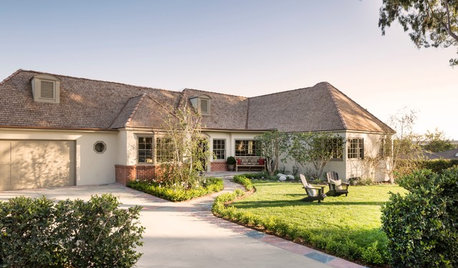
TRADITIONAL HOMESHouzz Tour: Historic Coastal Home Is Rescued From Neglect
A designer lavishes TLC on a splendid Normandy revival house in Laguna Beach, embracing its original style in the renovation
Full Story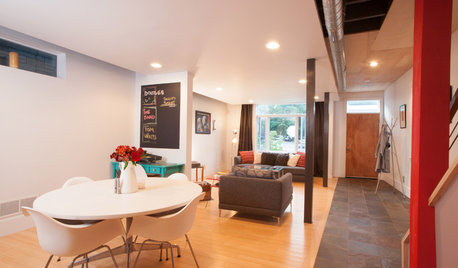
HOUZZ TOURSMy Houzz: Major DIY Love Transforms a Neglected Pittsburgh Home
Labor-intensive handiwork by a devoted couple takes a 3-story house from water damaged to wonderful
Full Story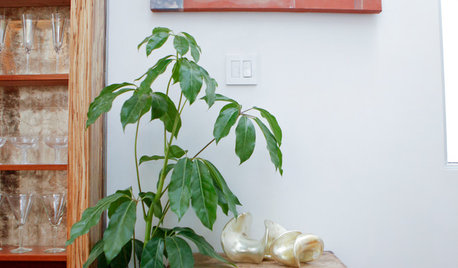
DECORATING GUIDESMeet a Houseplant That Doesn't Mind Neglect
Got better things to do than remember to water your houseplants on schedule? Schefflera will forgive and forget
Full Story
DECORATING GUIDESHouzz Tour: Couple Pares Down and Pumps Up the Style
A big transition from a large suburban house to a 1,200-square-foot urban condo is eased by good design
Full Story
HOUZZ TOURSMy Houzz: Fitness and Color Pump Up a Dallas Home
A Texas mom brings her work home with a fitness studio amid rooms energized with color and charm
Full Story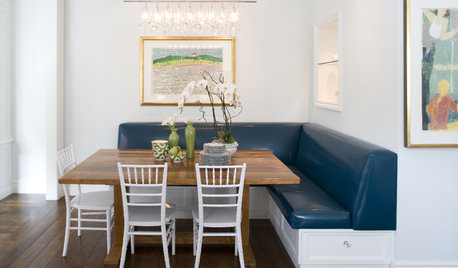
Straight-Up Advice for Corner Spaces
Neglected corners in the home waste valuable space. Here's how to put those overlooked spots to good use
Full Story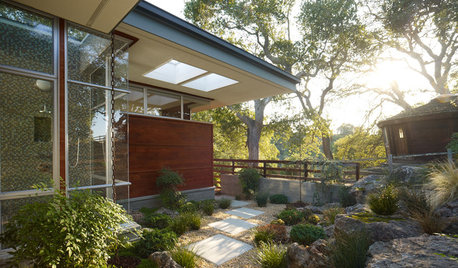
LANDSCAPE DESIGNSoak It Up: How to Manage Stormwater in Your Landscape
Permeable paving, gravel beds and planted areas in your yard can absorb and cleanse stormwater runoff. Here's how it works
Full Story
BEDROOMSThis Teen Girl's Room Has Total Grown-up Appeal
With a textured blue wall, a mod white bed and even a Lichtenstein, this teen's bedroom draws envy beyond her age group
Full Story
GARDENING GUIDESEssential Watering Tips for Your Edible Garden
To give your edible plants just what they need, check out these guidelines for how, when and how much to water
Full Story
FLOORSFloors Warm Up to Radiant Heat
Toasty toes and money saved are just two benefits of radiant heat under your concrete, wood or tile floors
Full Story





mossglse_sbcglobal_net
vetivert8
Related Professionals
Wrentham Landscape Architects & Landscape Designers · Glendora Landscape Architects & Landscape Designers · McKinney Landscape Contractors · Maple Valley Landscape Contractors · Avocado Heights Landscape Contractors · Gaithersburg Landscape Contractors · Mahwah Landscape Contractors · Melrose Park Landscape Contractors · Oak Harbor Landscape Contractors · Overland Park Landscape Contractors · Pacifica Landscape Contractors · Jacksonville Window Contractors · Edwardsville Window Contractors · Hutto Window Contractors · Washington Window Contractorsmadeleine_in_md
username_5
Chris_MI